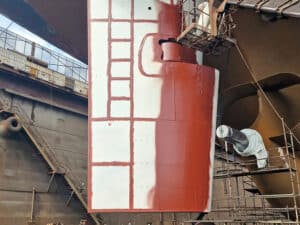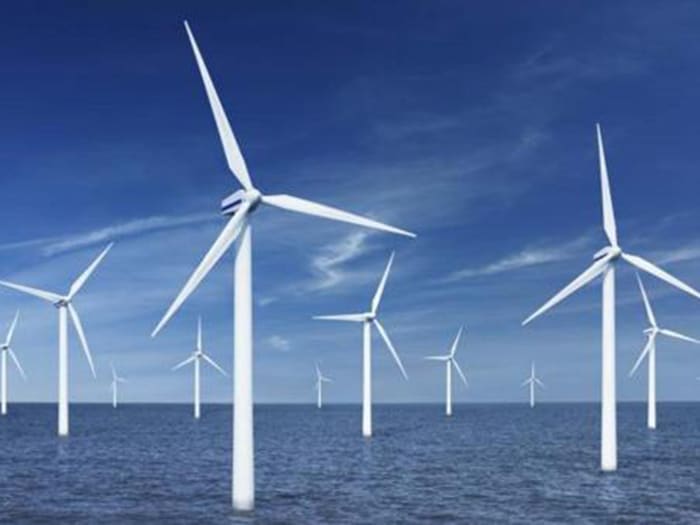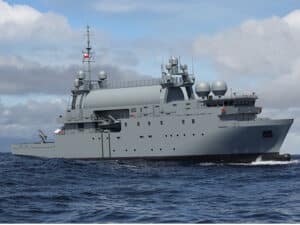
A tough week for U.S. offshore wind
Written by Nick Blenkey
Image: BOEM
This week has not been a good one for U.S. offshore wind. Tuesday’s much anticipated U.S. Gulf of Mexico lease sale produced only one winning bid. RWE Offshore US Gulf, LLC was the winner of the Lake Charles Lease Area, off Louisiana, with a high bid of just $5.6 million, a fraction of the billion-dollar bids for East Coast offshore wind leases in the Atlantic Ocean. There were no bids at all for the two lease areas off Texas.
Low bid prices were to be expected, given that Gulf Coast development require investing in floating wind, a still new technology, wind speeds are lower than in the Atlantic and hurricanes are a regional seasonal reality.
But no bids at all for the Texas wind areas? The more that one learns about the Texas electricity market, the less surprising that is. Texas has not set any target for offshore wind development. Meantime, its power market, operated by the Electric Reliability Council of Texas (ERCOT), has some of the lowest electricity prices in the country. The downside to the way the Texas system works has been a number of grid problems—and a recent backgrounder on these, published in the Washington Post, gives some insights into how ERCOT and the Texas power market work that go a long way to explaining why offshore wind developers did not find those Texas leases attractive.
ØRSTED TO TAKE A HIT ON U.S. OFFSHORE WIND
Meantime, that doesn’t mean that Atlantic offshore wind development is without its challenges.
Danish energy giant Ørsted warned,Tuesday, that it may write off as much as $2.12 billion because of issues with its three U.S. east coat offshore wind projects, Ocean Wind 1, Sunrise Wind, and Revolution Wind. The company cited adverse impacts relating to the supply chain, lack of favorable progress in Investment Tax Credit (ITC) guidance, and increased interest rates.
“The Ocean Wind 1, Sunrise Wind, and Revolution Wind projects are adversely impacted by a handful of supplier delays,” said the company. “Ørsted has concluded that there is a continuously increasing risk in these suppliers’ ability to deliver on their commitments and contracted schedules. This could create knock-on effects requiring future remobilizations to finish installation, as well as potentially delayed revenue, extra costs, and other business case implications.”
“In addition, our continued discussions with senior federal stakeholders about additional ITC qualifications for Ocean Wind 1 and Sunrise Wind are not progressing as we previously expected. We continue to engage in discussions with federal stakeholders to qualify for additional tax credits beyond 30% …The level of a possible impairment will be decided based on a probability weighted assessment of the likelihood of obtaining the additional ITCs.”
Ørsted says it will continue to progress its U.S. near-term offshore wind projects including obtaining final federal and local permits, working with suppliers to mitigate delays and continuing its dialogue with stakeholders to try to qualify for at least 40% ITCs on all projects.
It will work towards taking FID (final investment) on Ocean Wind 1, Sunrise Wind, and Revolution Wind projects towards the end of 2023 or in early 2024. Pending FID, Ørsted now expects to commission Ocean Wind 1 in 2026.
“The U.S. offshore wind market remains attractive in the long term,” said David Hardy, executive vice president and CEO of Ørsted’s Region Americas. “We will continue to work with our stakeholders to explore all options to improve our near-term projects including continued dialogue about ITC qualification, OREC adjustments, and other business case levers.”




